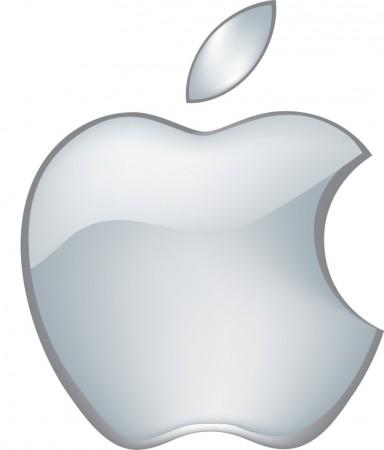
Apple has recently signed up an experimental patent with FCC in its bid to launch the next-gen 5G technology called "millimetre wave." The patent documents were made public by FCC on May 23.
Interestingly, Apple plans to test a new band (28GHz) for earth-to-space transmissions, besides implementing a superior 5G mobile network for faster internet-connectivity speeds. Consequently, the iPhone maker has been in the news for recruiting new satellite experts to form a secret hardware team.

According to Business Insider, Apple will be testing the 5G wireless network technology in California in two specific locations: 1 Infinite Loop headquarters on Mariana Avenue, and Milpitas on Yosemite Drive.
"Apple Inc. seeks to assess cellular link performance in direct path and multipath environments between base station transmitters and receivers using this spectrum. These assessments will provide engineering data relevant to the operation of devices on wireless carriers' future 5G networks," Apple wrote in its patent-filing application.
Apple specifically intends to use the 28 and 39GHz bands which have already been approved by the FCC for commercial use with 5G applications. The biggest attraction with 5G technology is that it enables devices to access more bandwidth with improved reliability at peak loads than current-gen wireless networks.
According to the filing, it is known that Apple will not be investing more than a year for the initial round of testing. Despite Apple's urgency in launching the 5G technology, it is almost certain that the iPhone 8 and other upcoming devices for 2017 will not support the new wireless technology.
Meanwhile, wireless network carriers in the US have started laying the groundwork for 5G. T-Mobile and Sprint have already announced their new 5G plans while Verizon and AT&T have promised to roll out their 5G networks to major markets later in 2017, following their current testing phase.

















